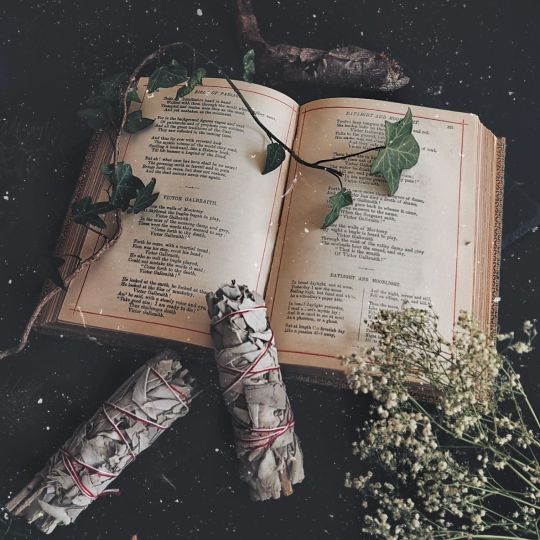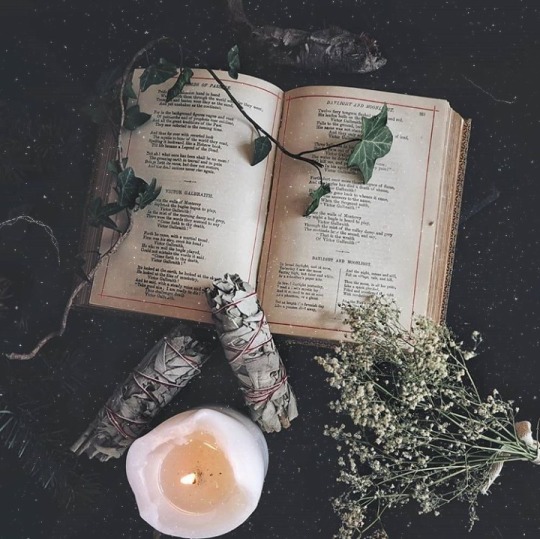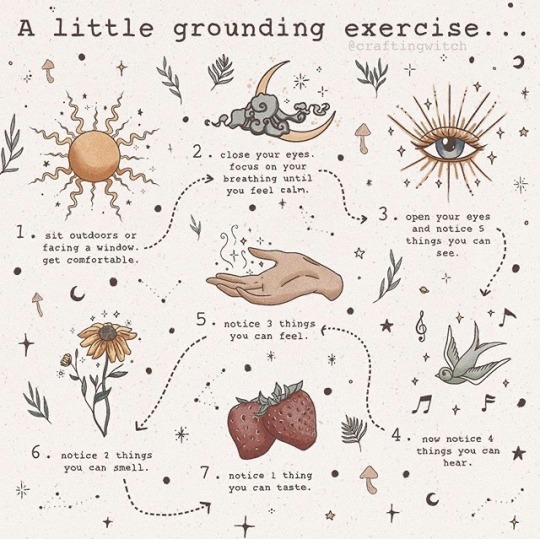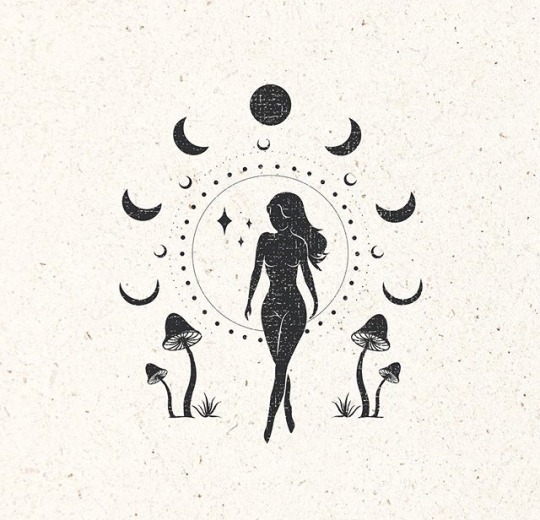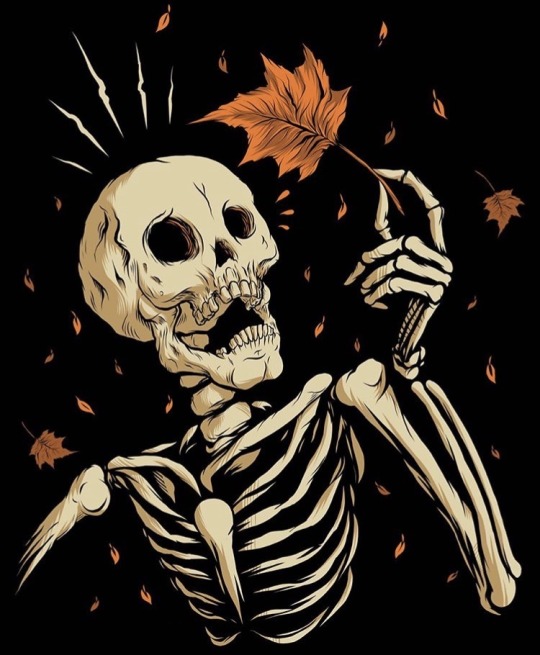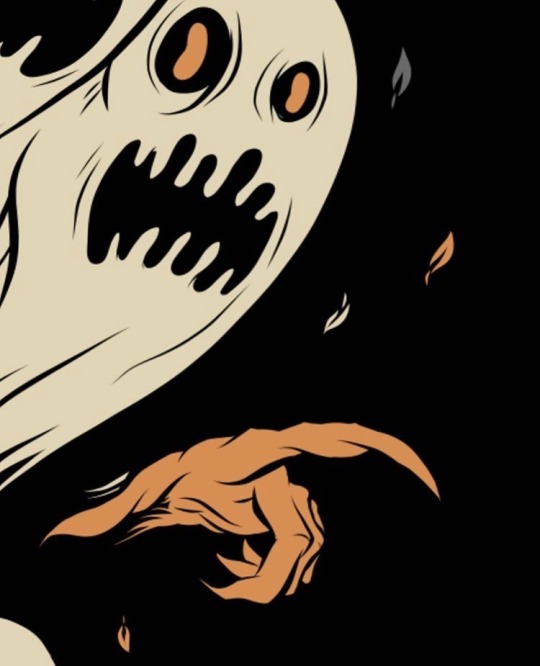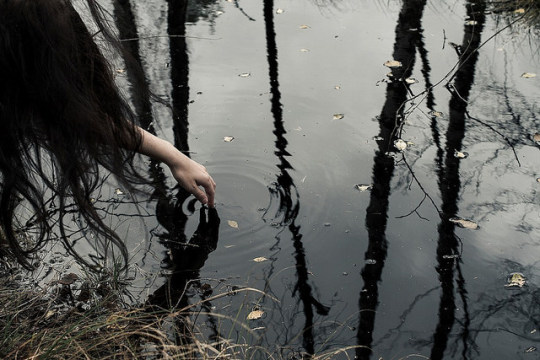mandy, 20, swe 🍃my digital grimoire🍃 my posts / mainblog
Don't wanna be here? Send us removal request.
Text
Astrology Basics- THE PLANETS

SUN Governs individuality, distinct style, and drive or motivations that fulfill your life. Delineates general character, and the broad strokes that define the self. Vital force, individuality, willpower.
MOON Stands for emotions, instincts and the unconscious. Represents the instinctual reactions one has to the world. The mecca of the inner world governing how we feel emotionally and respond to certain situations. Unconscious force, personality, instinct.
**Whereas the sun represents the will, the moon represents the instinct**
MERCURY The planet of mental activities, communication, and intellectual energy. It rules perception, intelligence, reason, memory, and communication. It reflects the way you see, hear, understand, and assimilate information.
VENUS The planet of love and pleasure. It rules over one’s capacity to express affection and interact with the idea of beauty. Represents your allure and desire. Rules over love affairs, art and beauty, fashion, social harmony and friendship. Gateway to higher emotions.
MARS The planet representing what drives your passions, the strength of your willpower, forcefulness, aggression, and the way you handle conflict. Rules over energy, boldness, and force. The courage and strength one cultivates to get their way.
JUPITER The planet of good luck, optimism, success, and generosity. Associated with where you’ll find expansiveness and abundance. It rules over philosophical knowledge, the extent to which you’re a visionary, higher learning, and honesty. Whereas mercury governs a clever intellect, Jupiter governs deeper wisdom and philosophy.
SATURN The planet of responsibility, ethic, and hard work. Teaches discipline and remains influential until self discipline is understood. It is associated with diligence, self control, limitation, patience, stability, maturity and realism. Governs how trust and respect, along with discipline, are integrated in the self. Are you self disciplined, or does the world deliver these lessons to you?
URANUS The planet of change and originality. Brings and symbolizes the manifestation of awakening, shock, and revolution, the “flash of genius.” Associated with both scientific and humanitarian movements. Similar to Mars, but relating to inner will and secret power. Unconscious purpose revealed over a lifetime.
NEPTUNE The planet of mystery and illusion. Represents power of imagination. It’s the planet of idealism and spirituality. The realm of the subconscious world, hidden memory, intuition, and psychic clairs. The ideals, goals, and lifestyle of the higher self detached from ego.
PLUTO The planet of epiphany associated with the highest of highs and the lowest of lows. Signifies death and rebirth, regeneration along with destruction and annihilation. Pluto wipes the slate clean. Strong and dramatic changes, especially to collectives, have a significant influence from Pluto.
3K notes
·
View notes
Text
Tarot A History and Brief Overview of Spreads
A History
The tarot, first known as trionfi and later as tarocchi or tarock is a pack of playing cards, used from the mid-15th century in various parts of Europe to play games such as Italian tarocchini, French tarot and Austrian Königrufen, many of which are still played today. In the late 18th century, some tarot decks began to be used for divination via tarot card reading and cartomancy leading to custom decks developed for such occult purposes. The word Tarot and German Tarock derive from the Italian Tarocchi, the origin of which is uncertain but taroch was used as a synonym for foolishness in the late 15th and early 16th centuries.
Playing cards first entered Europe in the late 14th century, most likely from Mamluk, Egypt, with suits of Batons or Polo sticks which are commonly known as Wands by those practicing occult or divinatory tarot, Coins which are commonly known as disks, or pentacles in occult or divinatory tarot, Swords, and Cups. These suits were very similar to modern tarot divination decks and are still used in traditional Italian, Spanish and Portuguese playing card decks.
The first documented tarot packs were recorded between 1440 and 1450 in Milan, Ferrara, Florence and Bologna when additional trump cards with allegorical illustrations were added to the common four-suit pack. These new decks were called carte da trionfi, triumph cards, and the additional cards known simply as trionfi, which became “trumps” in English. The earliest documentation of trionfi is found in a written statement in the court records of Florence, in 1440, regarding the transfer of two decks to Sigismondo Pandolfo Malatesta.
The original purpose of tarot cards was to play games. A very cursory explanation of rules for a tarot-like deck is given in a manuscript by Martiano da Tortona before 1425. Vague descriptions of game play or game terminology follow for the next two centuries until the earliest known complete description of rules for a French variant in 1637. The 18th century saw tarot’s greatest revival, during which it became one of the most popular card games in Europe, played everywhere except Ireland and Britain, the Iberian peninsula, and the Ottoman Balkans. French tarot experienced a revival beginning in the 1970s and France has the strongest tarot gaming community.
Italian-suited tarot decks
These were the oldest form of tarot deck to be made, being first devised in the 15th century in northern Italy. The so-called occult tarot decks are based on decks of this type. Three decks of this category are still used to play certain games:
The Tarocco Piemontese consists of the four suits of swords, batons, cups and coins, each headed by a king, queen, cavalier and jack, followed by the pip cards for a total of 78 cards. Trump 20 outranks 21 in most games and the Fool is numbered 0 despite not being a trump.
The Swiss 1JJ Tarot is similar, but replaces the Pope with Jupiter, the Popess with Juno, and the Angel with the Judgement. The trumps rank in numerical order and the Tower is known as the House of God. The cards are not reversible like the Tarocco Piemontese.
The Tarocco Bolognese omits numeral cards two to five in plain suits, leaving it with 62 cards, and has somewhat different trumps, not all of which are numbered and four of which are equal in rank. It has a different graphical design than the two above as it was not derived from the Tarot of Marseilles.
Italo-Portuguese-suited tarot deck
The Tarocco Siciliano is the only deck to use the so-called Portuguese suit system which uses Spanish pips but intersects them like Italian pips. Some of the trumps are different such as the lowest trump, Miseria (destitution). It omits the Two and Three of coins, and numerals one to four in clubs, swords and cups: it thus has 64 cards but the ace of coins is not used, being the bearer of the former stamp tax. The cards are quite small and not reversible.
French-suited tarot decks
The illustrations of French-suited tarot trumps depart considerably from the older Italian-suited design, abandoning the Renaissance allegorical motifs. With the exception of novelty decks, French-suited tarot cards are almost exclusively used for card games. The first generation of French-suited tarots depicted scenes of animals on the trumps and were thus called “Tiertarock” (‘Tier’ being German for 'animal’) appeared around 1740. Around 1800, a greater variety of decks were produced, mostly with genre art or veduta. Current French-suited tarot decks come in these patterns:
The Industrie und Glück (Industry and Luck) genre art tarock deck of Central Europe uses Roman numerals for the trumps. It is sold with 54 cards; the 5 to 10 of the red suits and the 1 to 6 of the black suits are removed.
The Adler-Cego animal tarot is used in the Upper Rhine valley and its neighbouring hills such as the Black Forest or the Vosges, and has 54 cards organized in the same fashion as the Industrie und Glück. Its trumps use Arabic numerals but within centred indices.
The Tarot Nouveau has 78 cards, and is commonly played in France and is somtimes used to play Cego. Its genre art trumps use Arabic numerals in corner indices.
German-suited tarot decks
German-suited decks for Bauerntarock, Württemberg Tarock and Bavarian Tarock are different. They are not true tarot packs, but a Bavarian or Württemberg pattern of the standard German-suited decks with only 36 cards; the pip cards ranging from 6 to 10, Under Knave (Unter), Over Knave (Ober), King, and Ace. These use Ace-Ten ranking, like Klaverjas, where Ace is the highest followed by 10, King, Ober, Unter, then 9 to 6. The heart suit is the default trump suit. The Bavarian deck is also used to play Schafkopf by excluding the Sixes.
Tarot Card Readings
The earliest evidence of a tarot deck used for cartomancy comes from an anonymous manuscript from around 1750 which documents rudimentary divinatory meanings for the cards of the Tarocco Bolognese. The popularization of esoteric tarot started with Antoine Court and Jean-Baptiste Alliette (Etteilla) in Paris during the 1780s, using the Tarot of Marseilles. French tarot players abandoned the Marseilles tarot in favour of the Tarot Nouveau around 1900, with the result that the Marseilles pattern is now used mostly by cartomancers.
Etteilla was the first to issue a tarot deck specifically designed for occult purposes around 1789. In keeping with the misplaced belief that such cards were derived from the Book of Thoth, Etteilla’s tarot contained themes related to ancient Egypt.
The 78-card tarot deck used by esotericists has two distinct parts:
The Major Arcana (greater secrets), or trump cards, consists of 22 cards without suits:
The Minor Arcana (lesser secrets) consists of 56 cards, divided into four suits of 14 cards each;
The Magician, The High Priestess, The Empress, The Emperor, The Hierophant, The Lovers, The Chariot, Strength, The Hermit, Wheel of Fortune, Justice, The Hanged Man, Death, Temperance, The Devil, The Tower, The Star, The Moon, The Sun, Judgement, The World, and The Fool. Cards from The Magician to The World are numbered in Roman numerals from I to XXI, while The Fool is the only unnumbered card, sometimes placed at the beginning of the deck as 0, or at the end as XXII.
Ten numbered cards and four court cards. The court cards are the King, Queen, Knight and Page/Jack, in each of the four tarot suits. The traditional Italian tarot suits are swords, batons, coins and cups; in modern occult tarot decks, however, the batons suit is often called wands, rods or staves, while the coins suit is often called pentacles or disks.
The terms “Major Arcana” and “Minor Arcana” were first used by Jean-Baptiste Pitois (also known as Paul Christian) and are never used in relation to tarot card games. Some decks exist primarily as artwork, and such art decks sometimes contain only the 22 major arcana.
The three most common decks used in esoteric tarot are the Tarot of Marseilles, the Rider-Waite-Smith tarot deck, and the Thoth tarot deck.
The six most common Tarot Spreads are the;
Love Spread
Here is a little you should know about the ‘love’ spread. This type of reading evaluates the relationships relevance, how strong and happy they are. Every relationship has its ups and downs and with this six-card spread you will be able to evaluate your physical, emotional, mental and spiritual connections with your partner. The ‘love’ spread has its own 6 cards which represent the following:
#1-The first card signifies what you currently feel about your relationship, your approach, and your outlook.
#2-The second card represents your partners current emotions towards you, his attitude, and expectations about your relationship.
#3- The third card is a connection card. For example; common characteristics of both of you
#4– The fourth card indicates the strength of your relationship.
#5– The fifth card shows the weaknesses in your relationship.
#6– This final card is your true love card. It interprets if the relationship is going to be successful or not.
Success Spread
Briefly about the ‘Success’ spread; it is a remarkably situational spread. It’s often used when a person is facing an obstacle or hardship. It can also be helpful if you don’t know how to face or overcome a problem as it will point you in the right direction.
#1- it helps you to find out about the true colours of the challenge in front of you. It will help you to identify what sort of skill set and resources you will need in order to not just solve but also overcome the challenge.
#2- this further clarifies on your current problems and challenges.
#3- The third card reveals the hidden factors affecting your current situation. You need to have knowledge about what these factors are to really overcome the obstacle you’re facing.
#4- The fourth card represents new plans, people, or objects that can help you grow further. By adapting yourself to these new aspects, your vision of the situation will change, leaving you with better solutions to your problems.
#5- The final card shows what requirements you need to fulfill in order to be proven successful and things you should avoid as they will lead you to failure. It will point you towards success if proven to be a positive card but in other cases it could be a negative card and will warn you about an upcoming disaster in your life.
Celtic Cross Spread
Despite its complications the ‘Celtic Cross’ Spread has stood popular for many years. This is most likely due to the fact that its importance lies in its difficulty. Each result of the Celtic Cross can be illustrated in a variety of ways depending on the direction of the of the fallen cards. Though not recommended for beginners, once anyone understands it, he or she can use this spread to find out the full depth of the situation. With enough practice it can it can be taken in use to find the answer to any problem. Celtic Cross deals with intricate situations.
#1– presents the current situation the person finds themselves in the and the reading is about the question they are facing.
#2– is placed over the first card, pointing to the left and is always read in an upright position. It shows what the basic challenge is that needs to be solved or the mental or physical object holding them back.
#3– The third spread reveals the subconscious influences. These strange influences have an extremely strong and powerful effect on one’s everyday life, especially in scenes relating to the question.
#4 – The fourth card shows what resources one has and the things they can use to face and solve the problem shown by the second card and in the process reach their ultimate goal, shown by the third card.
#5 – The fifth card shows the prologue of the scene. A negatively influenced past may have an effect that prevents their success on their current situation and they will need to let the memory go in order to stop it from negatively influencing their current situation so they can face and eventually overcome the problem at hand as shown by the second card. A positive past should be can simply be called inspiration. Even though the person may be facing a challenge in their current part of life, the problem
They are up against is natural growth of the positive past they had the benefit of experiencing and after they have overcome all their challenges, things will look even brighter than they were in the past.
#6 – The sixth card is the headlight. If the card states there is some form of negative energy on the way the five previous cards should give a good reasoning of why this is taking place and what we could do to prevent it.
#7 – The seventh card represents the person’s attitude. It illustrates your physical actions, thinking and ideals regarding the current problem. This will give you more to work with into whether the person’s attitude is conducive to a likable outcome or whether it’s time to retrack the way the person perceives the information.
#8 – The eighth card is an energy card. It talks about the energy surrounding them and the energy other people and the environment is letting off and if these energies are helping in any shape or form.
#9 – The ninth card tells us about what the person’s desires and fears. This is a revelation card. It gives importance to the things a person should be aware of in their current situation and might change the way a person acts which should not be neglected by them.
#10 – This is the final outcome and emphasizes on the energies, if they are complementing or conflicting. It also tells the person about the future that will take place immediately and if it is necessary or not to face the future.
Spiritual Spread
Similar to the Success Spread, the Spiritual Guidance spread is used when faced with problems that are of a spiritual nature. These sorts of challenges are usually related to spirituality in a person.
#1 – The first card represents your main concerns. You may think you know about the problem but this spread goes more in depth with it.
#2 – The second card looks into your motivation for looking for guidance.
#3 – The third card looks into the things about your life you are insecure or worried about.
#4 – The fourth card emphasizes on the parts of your life that you are not aware of.
#5 – The fifth card is your advice card as it will guide you to the steps to face your fears. It ties in with the previous cards.
#6 –The sixth card guides us to a life with no worries so that we could move forward on our spiritual journey.
#7 – The seventh card teaches you to deal with the situation with the resources you have at hand.
#8 – Finally, the eighth card finishes the Spiritual Guidance Spread by telling us that the result of the tarot cards all depends on our reaction to it whether we focus on the positive or negative.
Career Path Spread
This spread is for times where we feel left out on our career. We work hard hoping for a promotion but to no benefit. It helps us with these kind of challenges that we face in our professional life.
#1 – The first card basically asks us if our job that we have right now is indeed our ideal job
#2 – The second card emphasizes on the actions we must take to further boost our career. A positive card means we should stay at the same position we are in right now whereas a negative one means we should make some changes.
#3 – The third card tells us about certain things about our job that we can no longer alter. The card may tell you to look for a job in the same category we are working in right now.
#4 – The fourth card refers to our skills on our job to see if they’re enough to get us a promotion or if we are behind everyone else.
#5 – The fifth card tells us about the things we can do in our career to improve and start a new one or just small things we can do in our current career to at least get noticed.
#6 – The sixth card gives us the answer to the question that if our past mistakes are influencing our career now.
#7 – The final card tells you that if the card is negative it might lead to a bad outcome as it might result in you making other bad career choices.
However, if you aren’t sure of the outcome, use the card again after a few days or weeks to see if the reading changes as your attitude changes.
Three-Card Spread
The simplest and the most useful spread, ‘The Three Card Spread’ only uses three cards. This is what makes it the most popular. This is one of the most powerful spreads and can find answers for you really quickly for almost anything, let it be overcoming a problem or an obstacle or if you are simply just feeling lost or left behind.
Linear 3 Card Tarot Spreads
As you can imagine, this layout is good at suggesting some sort of linear path, sequence of events, cause and effect, or a way of getting from point a to point b.
Past, Present, Future
You, Your Path, Your Potential
You, Relationship, Partner
Situation, Action, Outcome
Idea, Process, Aspiration
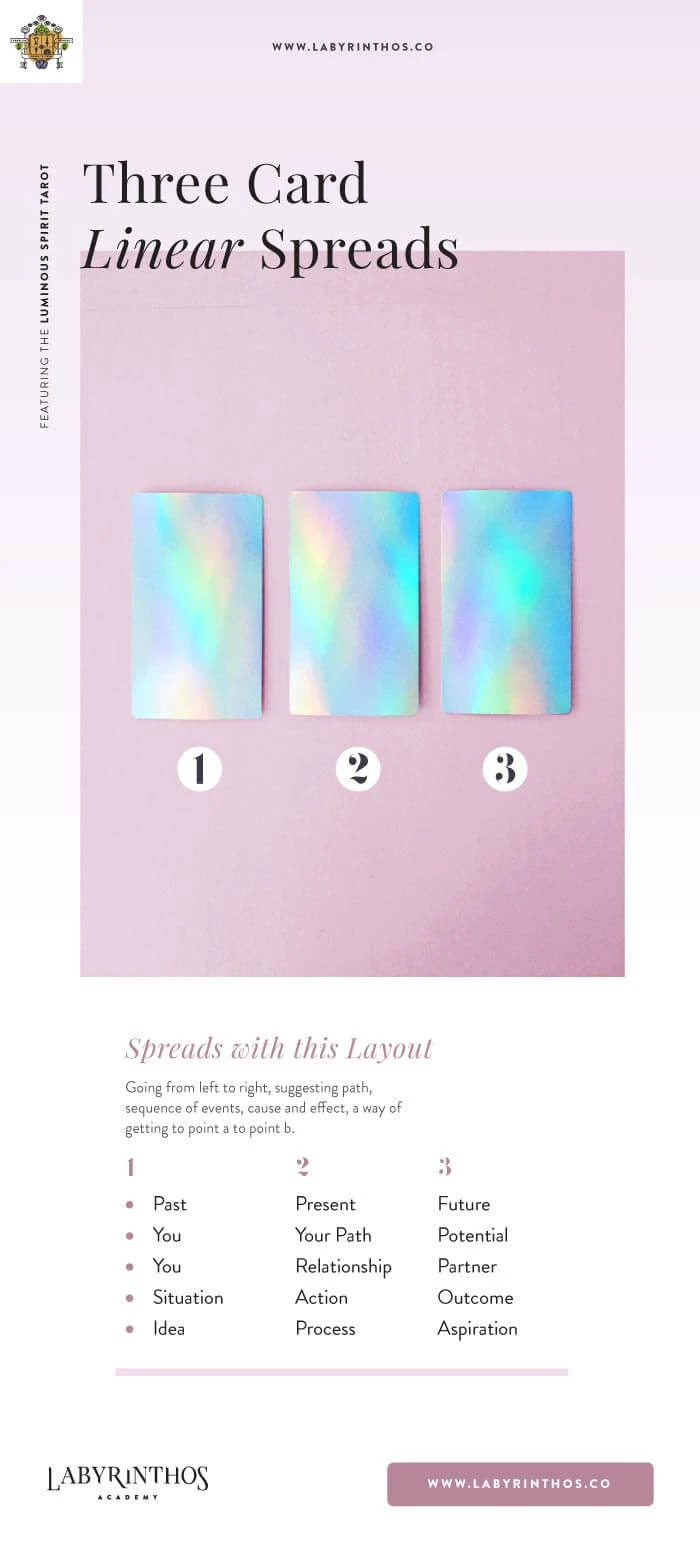
Balanced 3 Card Tarot Spreads
In this layout, each card of the spread has a common intersection. They are all equally important, like three sides of a pyramid. Without any of these, the whole structure collapses.
Mind, Body, Spirit
Physical State, Emotional State, Spiritual State
Subconscious, Conscious, Super Conscious
Option 1, Option 2, Option 3
What I think, What I feel, What I do
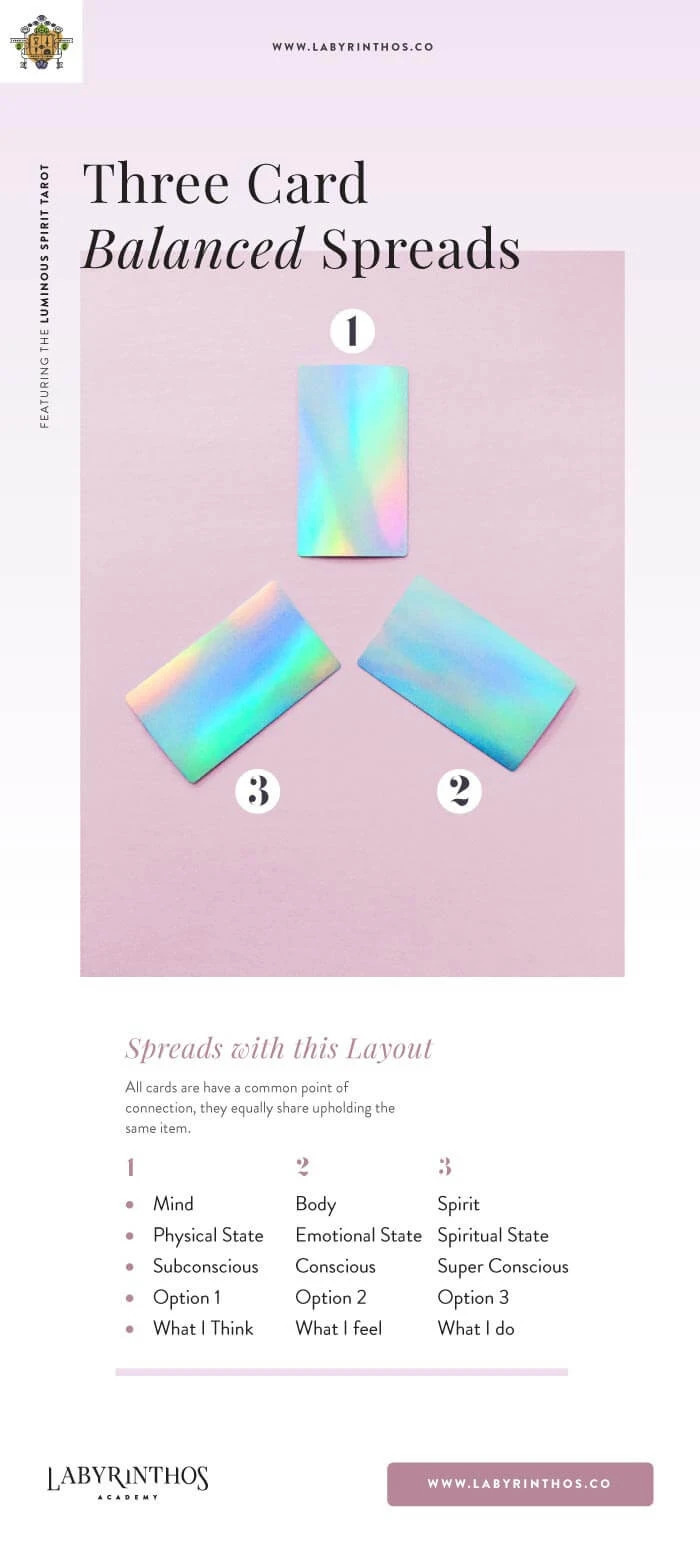
Foundational 3 Card Tarot Spreads
I think think one is a little harder to explain, but I like thinking of these spreads being communicators of advice in a way such that “given X and Y, the result is Z”. X and Y attempt to give you a clearer understanding of options, and Z is a summary, a crux, a way to move forward given the information that is there. In fact, even when phrasing these spreads, I like saying them in a way that follows this formula to make the point clearer. The bolded items represent the actual card positions.
Given your strengths and weaknesses, this is my advice.
Given what worked well, and what didn’t work well, this is the key lesson.
Given that this brings you together, and that this pulls you apart, you must focus on this.
Given that you want this from the relationship, and your partner wants this, your relationship is heading towards this.
Given Option 1 and Option 2, This is what you need to know to make a decision.

Crossed 3 Card Tarot Spreads
As the layout would imply, this is about understanding conflicts and obstacles. The card that crosses over is something that stands in the way and that needs to be overcome, something that blocks you from attaining your ultimate goal, while the third card acts as a sort of advice card, looking at the situation from a more distant viewpoint. These can also be used as simpler 2 card spreads if you want to use only the crossing cards.
Situation, Obstacle, Advice
Aspiration, Obstacle, How to Overcome
Opportunities, Challenges, Outcome
Thesis, Antithesis, Synthesis

I will be doing card meanings on a later date :)
9K notes
·
View notes
Text
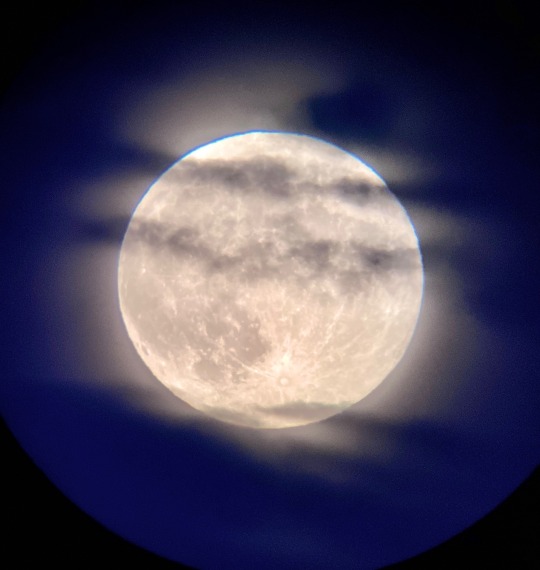

Full Moon - 5th June 2020 🌝✨
Taken from my telescope 🔭
@verbenalune
7K notes
·
View notes
Photo

“A witch will neither sink nor swim. When crushed, a witch’s bones will make a fine glue. A witch will pretend not to be looking at her own image in a window. A witch will gaze wistfully at the glitter of a clear night.“
—Elizabeth Willis
674 notes
·
View notes
Text
To new witches;
Aight so I been a practicing witch for about 6 years now, and it's almost Halloween. I know it's a trend for people to go to cemeteries, so lemme just give some ground rules and advice:
Never vandalize or deface the cemetery
Bring gifts/offerings
Don't sit/lean on headstones
Don't break into a cemetery, if it's closed it's closed
A cemetery is a place of remembrance and tranquility, NOT your hangout to get drunk, high, and to fuck around excessively
If you want to do spirit work do it safely and make sure you're protected
That's pretty much it, if anyone feels the need to add anything go ahead
3K notes
·
View notes
